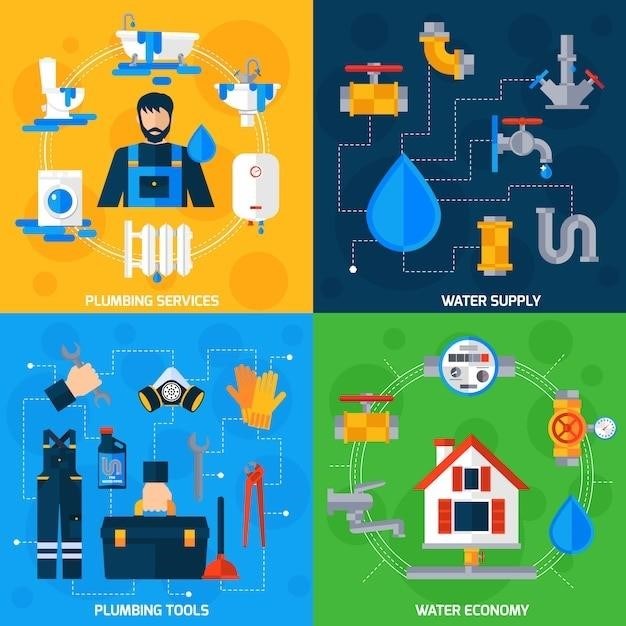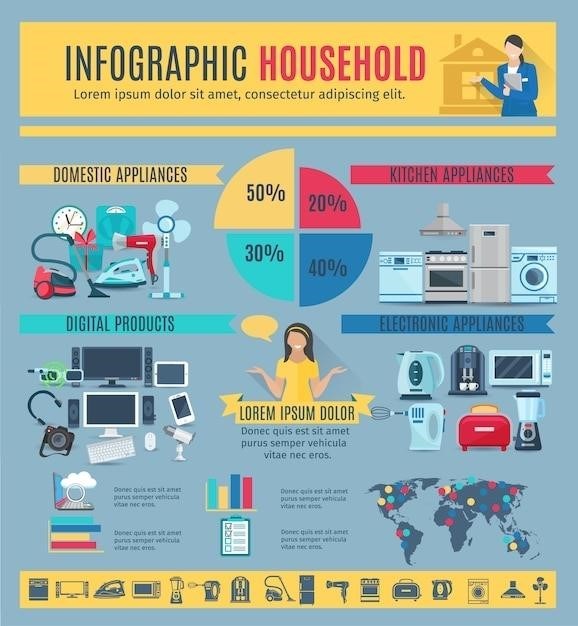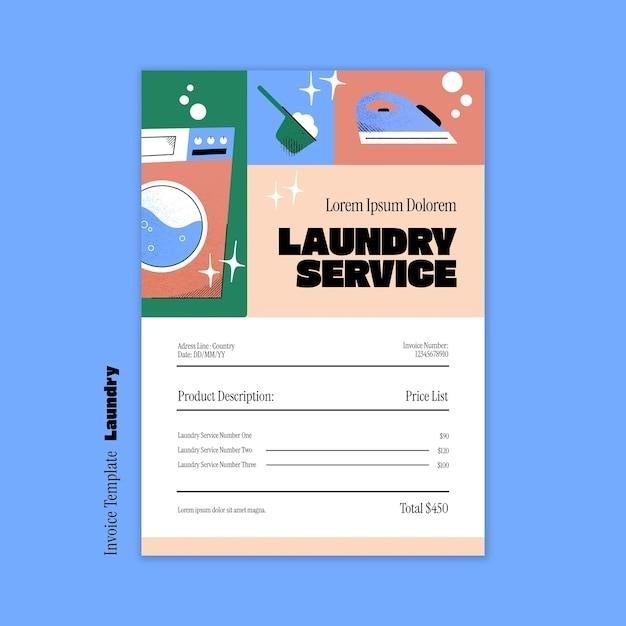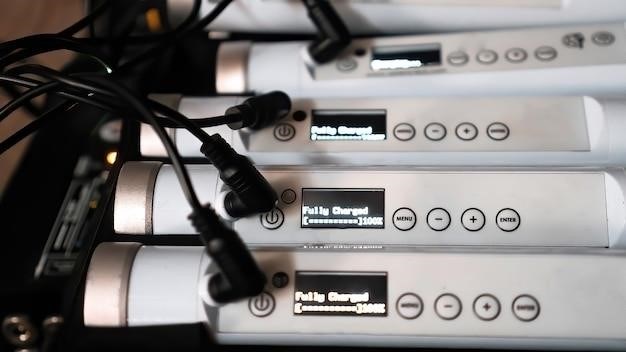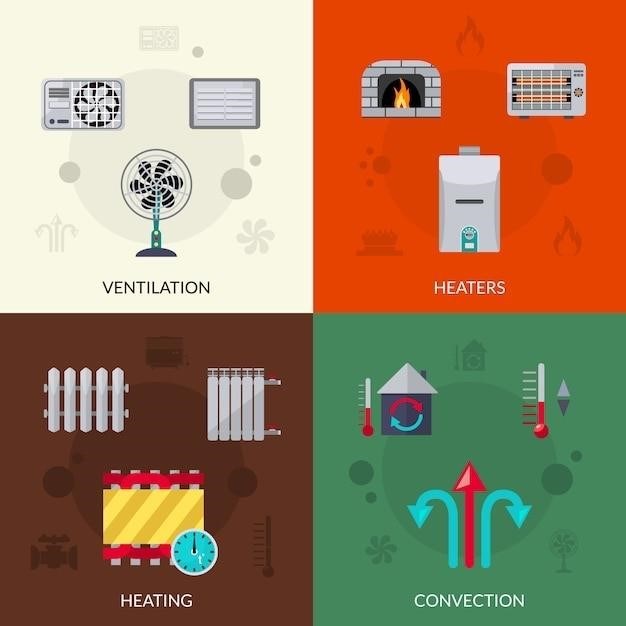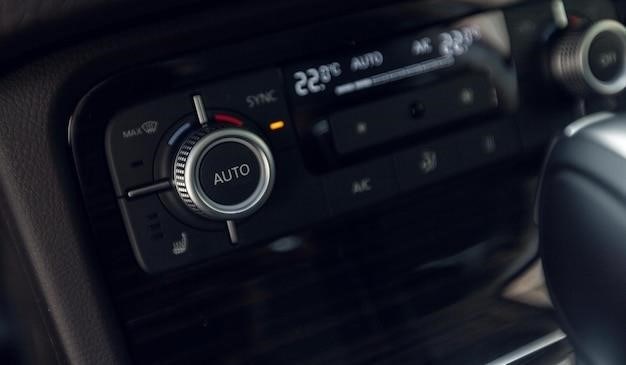Navien NPE-240S2 Manual⁚ A Comprehensive Guide
This comprehensive guide provides a detailed overview of the Navien NPE-240S2 manual, covering key features, available manuals, installation instructions, troubleshooting tips, and more. Whether you are a homeowner, installer, or technician, this guide will equip you with the necessary information to understand, operate, and maintain your Navien NPE-240S2 water heater effectively.
Introduction
The Navien NPE-240S2 is a premium condensing tankless water heater designed to provide endless hot water on demand for residential and light commercial applications. This comprehensive manual serves as a valuable resource for understanding the features, installation, operation, and maintenance of this advanced water heating system. It is essential to thoroughly read and comprehend this manual before installing or using the NPE-240S2 to ensure safe and efficient operation. This guide will cover various aspects, including key features, installation procedures, user information, troubleshooting tips, and safety precautions. By following the instructions and recommendations outlined in this manual, you can optimize the performance and longevity of your Navien NPE-240S2 water heater.
Key Features and Benefits
The Navien NPE-240S2 boasts a range of innovative features and benefits that contribute to its superior performance and efficiency. Its condensing technology captures and reuses waste heat from exhaust gases, resulting in significant energy savings compared to traditional tank-style water heaters. This advanced system offers endless hot water on demand, eliminating the limitations of limited tank capacity. The NPE-240S2’s compact design allows for versatile installation options, making it suitable for various spaces. Additionally, the unit’s built-in control panel provides intuitive operation and diagnostic capabilities, simplifying monitoring and troubleshooting. With its ability to operate on both natural gas and LP, the NPE-240S2 offers flexibility for diverse fuel sources. The NPE-240S2 is also equipped with safety features such as a Vent Installation Detector (VID) and dual venturi technology for enhanced safety and reliability. These features combine to make the NPE-240S2 a highly efficient, reliable, and user-friendly water heating solution.
Available Manuals
To ensure a seamless installation, operation, and maintenance experience with your Navien NPE-240S2, a comprehensive set of manuals is available. The Navien NPE-240S2 Installation Manual (132 pages) provides detailed instructions for proper installation, including plumbing, venting, and electrical connections. The Navien NPE-240S2 Users Information Manual (48 pages) serves as a guide for homeowners, outlining operational procedures, troubleshooting tips, and safety precautions. For a quick overview of the installation process, the Navien NPE-240S2 Quick Installation Manual offers a concise and straightforward guide. These manuals are typically available in English and French, offering bilingual support. Additionally, you may find other valuable resources like energy guides and product brochures on the Navien website or through authorized distributors. Having these manuals readily available will empower you to understand and utilize your Navien NPE-240S2 effectively.
Installation Manual
The Navien NPE-240S2 Installation Manual is a comprehensive guide for professional installers, providing detailed instructions and specifications for the proper installation of this high-efficiency condensing tankless water heater. The manual covers various aspects, including plumbing connections, venting requirements, electrical wiring, and safety considerations. It outlines the necessary steps for selecting appropriate vent materials and sizes, ensuring proper gas supply and pressure, and connecting the water heater to the existing plumbing system. The manual also emphasizes the importance of adhering to local building codes and regulations during installation. Furthermore, it provides guidance on setting up the control panel and configuring the water heater’s settings for optimal performance. By following the instructions provided in the manual meticulously, installers can ensure a safe and successful installation of the Navien NPE-240S2, maximizing its efficiency and longevity.
Users Information Manual
The Navien NPE-240S2 Users Information Manual is designed to guide homeowners in understanding and operating their tankless water heater. It provides clear and concise instructions on how to use the control panel, adjust temperature settings, and troubleshoot common issues. The manual also covers essential safety precautions, such as proper ventilation, gas line maintenance, and potential hazards related to water heater operation. It further explains the benefits of using a tankless water heater, including energy savings, endless hot water supply, and reduced environmental impact. The manual also features a troubleshooting section, providing solutions to common problems, such as low water pressure, ignition issues, or error codes displayed on the control panel. By familiarizing themselves with the information provided in the manual, homeowners can ensure the safe and efficient operation of their Navien NPE-240S2, maximizing their investment and enjoying a comfortable and reliable hot water experience.
Quick Installation Manual
The Navien NPE-240S2 Quick Installation Manual provides a concise and user-friendly guide for installing the tankless water heater. This manual is specifically designed for installers and technicians who are familiar with basic plumbing and HVAC practices. It offers a step-by-step visual guide with clear illustrations and diagrams, outlining the essential steps involved in the installation process. The manual emphasizes critical aspects such as venting requirements, gas line connections, electrical wiring, and water inlet/outlet installations. It also includes important safety precautions and warnings, ensuring proper installation procedures for a safe and functional system. The Quick Installation Manual acts as a valuable resource for installers, enabling them to efficiently install the Navien NPE-240S2 while adhering to safety standards and maximizing performance.

Technical Specifications
The Navien NPE-240S2 technical specifications provide detailed information about the water heater’s performance, dimensions, and operational parameters. These specifications are crucial for installers, technicians, and homeowners to understand the unit’s capabilities and limitations. The specifications include details such as the input and output flow rates, heating capacity, gas type compatibility, electrical requirements, and venting configurations. The manual also provides dimensions for the unit, including its height, width, and depth, which are essential for planning installation space. Additionally, it outlines the operating pressure ranges for both gas and water, ensuring proper system operation. The technical specifications serve as a comprehensive reference guide for understanding the Navien NPE-240S2’s technical characteristics and ensuring optimal performance.
Energy Efficiency
The Navien NPE-240S2 manual emphasizes its energy efficiency features, highlighting its contribution to both cost savings and environmental sustainability. The manual details how the condensing technology employed in the unit recovers heat from exhaust gases, reducing energy waste and improving overall efficiency. This technology allows the NPE-240S2 to achieve a high Energy Factor (EF), indicating its ability to convert a greater proportion of energy input into hot water output. The manual provides specific EF ratings for both natural gas and liquid propane fuel options, enabling homeowners to compare energy consumption and make informed decisions. Additionally, the manual discusses the unit’s low NOx emissions, demonstrating its commitment to reducing harmful pollutants and promoting cleaner air quality. By emphasizing these energy-saving features, the manual encourages users to adopt sustainable practices and contribute to a greener environment.
Warranty Information
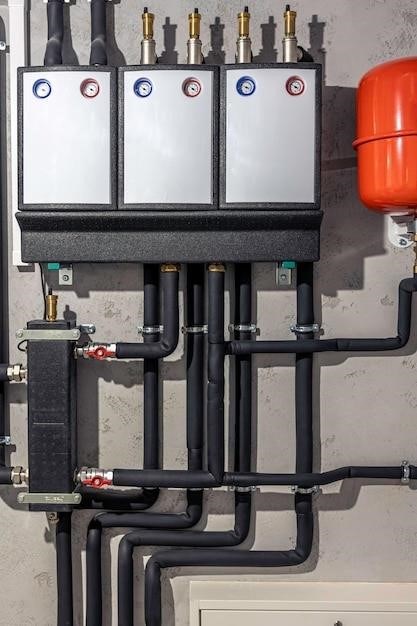
The Navien NPE-240S2 manual outlines the comprehensive warranty coverage provided for the unit. It details the duration and scope of protection for various components, including the heat exchanger, other parts, and labor. The manual clearly states the warranty period for residential applications, typically covering the heat exchanger for a longer term compared to other components. It also highlights the potential adjustments to warranty terms for commercial or heating applications, where the heat exchanger warranty may be reduced. The manual further emphasizes the importance of using genuine Navien factory OEM repair parts to ensure proper functionality and maintain warranty validity. It provides guidance on obtaining these parts and emphasizes their importance in preserving the unit’s performance and longevity. By clearly outlining warranty information, the manual empowers users to understand their rights and seek timely assistance if needed, fostering a sense of confidence and peace of mind.
Troubleshooting and Maintenance
The Navien NPE-240S2 manual provides valuable guidance on troubleshooting common issues and performing routine maintenance tasks. It offers a comprehensive section dedicated to addressing potential problems, covering a range of scenarios, including insufficient hot water, error codes, and unusual noises. The manual outlines troubleshooting steps, ranging from simple checks like verifying water pressure and gas supply to more complex procedures involving system resets and component inspections. It encourages users to consult the manual’s troubleshooting guide before contacting a service technician, empowering them to resolve minor issues independently. The manual also emphasizes the importance of regular maintenance, providing a detailed schedule for tasks like cleaning filters, inspecting venting systems, and checking for leaks. By equipping users with the knowledge and tools to address common problems and maintain the unit’s optimal performance, the manual promotes efficient operation and extends the lifespan of the Navien NPE-240S2 water heater.
Frequently Asked Questions
The Navien NPE-240S2 manual addresses common user inquiries, providing readily accessible answers to frequently asked questions. It covers topics ranging from installation and operation to maintenance and troubleshooting. The manual offers clear explanations regarding the water heater’s functionality, addressing questions about its capacity, energy efficiency, and compatibility with different plumbing systems. It also provides guidance on setting the unit’s temperature, adjusting flow rates, and understanding its safety features. The manual’s FAQ section addresses common concerns about error codes, potential malfunctions, and maintenance procedures. It guides users through the process of diagnosing and resolving minor issues, empowering them to maintain the water heater’s optimal performance without requiring professional assistance for every problem. By addressing common inquiries proactively, the manual promotes user confidence and facilitates a seamless experience with the Navien NPE-240S2 water heater.
Safety Precautions
The Navien NPE-240S2 manual emphasizes the importance of safety precautions during installation, operation, and maintenance. It highlights the potential hazards associated with gas appliances and stresses the need for proper handling and adherence to safety guidelines. The manual provides detailed instructions on installing the water heater in a well-ventilated area, ensuring adequate clearance from flammable materials, and connecting the unit to a properly sized gas line. It also outlines crucial safety measures during operation, such as avoiding contact with hot surfaces, maintaining proper ventilation, and immediately addressing any signs of gas leaks. The manual further emphasizes the importance of regular maintenance, including inspecting the venting system, checking for leaks, and cleaning the heat exchanger. By adhering to these safety precautions, users can mitigate potential risks, ensuring the safe and reliable operation of their Navien NPE-240S2 water heater.
Resources and Support
The Navien NPE-240S2 manual provides comprehensive resources and support for users. It directs users to the Navien website, where they can access a wealth of information, including product specifications, installation guides, troubleshooting tips, and frequently asked questions. The manual also encourages users to contact Navien’s customer support team for any inquiries or assistance. Navien’s customer support team is available through phone, email, and online chat, offering prompt and knowledgeable support. Furthermore, the manual highlights the availability of authorized Navien dealers and service technicians, who are trained and equipped to handle installations, repairs, and maintenance. By providing access to these resources and support channels, Navien ensures that users have the necessary information and assistance to operate and maintain their NPE-240S2 water heater effectively and safely.
The Navien NPE-240S2 manual serves as an indispensable resource for homeowners, installers, and technicians seeking comprehensive information about this high-performance tankless water heater. From installation and operation to troubleshooting and maintenance, the manual covers every aspect of the NPE-240S2, ensuring that users have the knowledge and tools they need to maximize its efficiency and longevity. The manual’s clear and concise language, detailed illustrations, and easy-to-follow instructions make it accessible to a wide audience. With its commitment to providing comprehensive information, Navien empowers users to confidently operate and maintain their NPE-240S2, ensuring a reliable and efficient hot water supply for years to come. The availability of additional resources and support channels further enhances the user experience, providing peace of mind and ensuring that any questions or concerns are addressed promptly and effectively.
